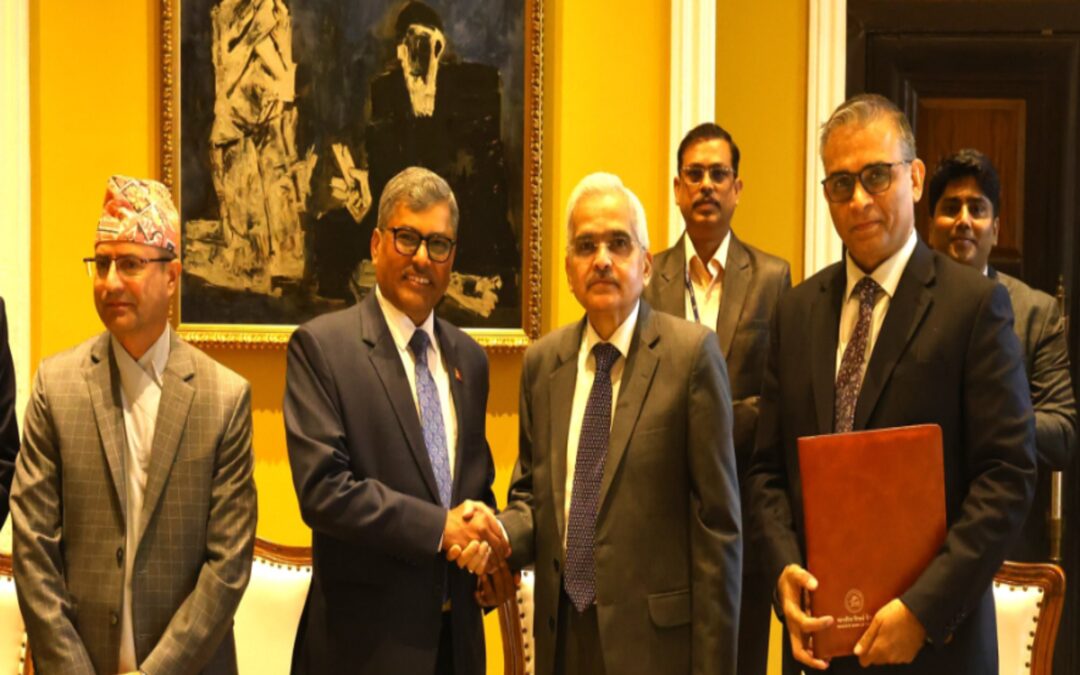The Reserve Bank of India (RBI) Governor Shaktikanta Das said that Central Banks must avoid considering price stability and financial stability as separate objectives, the interconnections between these two pillars of economic policy are critical for sustaining macroeconomic stability.
Why are price and financial stability inseparable?
“One key lesson from recent experience is the need to avoid looking at price and financial stability in isolation,” said Das.
The governor explained that the prolonged periods of low inflation can sometimes lead to complacency in regulating the financial system, ultimately sowing the seeds of financial instability.
On the other hand, tightening monetary policy to fight high inflation, if not balanced with financial considerations, could also destabilise the financial system.
Das also highlighted how central banks have had to evolve their tools and frameworks in the wake of crises like the global financial crisis (GFC) and the COVID-19 pandemic.
The 20th century orthodoxy of central banking with a singular focus on price stability is no longer sufficient. Today, we must also account for financial stability, economic growth, and systemic resilience.said Shaktikanta Das.
Speaking on the resilience shown by emerging market economies, including India, in navigating global shocks, he attributed India’s strong macroeconomic fundamentals to a balanced approach toward inflation targeting, growth support, and financial stability.
The trade-off between price stability and growth emerges when the pursuit of price stability entails large growth sacrifice. It is, therefore, important, that central banks employ their multiple instruments, viz., monetary policy, macroprudential regulation and micro-prudential supervision in an optimal manner to reduce such trade-offs and achieve better outcomes for the economy.Das stated.
“Managing expectations through effective communication is now a vital instrument in the monetary policy toolkit,” he remarked, referencing the need for clarity and transparency in an increasingly interconnected and digital world.He touched around the challenges that will define central banking in the 21st century, including climate change, geopolitical tensions, and the impact of fintech and artificial intelligence on financial systems.
“Every crisis brings new lessons and ideas. Central banks must constantly reinvent themselves to anticipate future risks and prepare for emerging challenges,” Das concluded.
The Governor of Reserve Bank of India, Shaktikanta Das was speaking at the inaugural Himalaya Shumsher Memorial Lecture organised by the Nepal Rastra Bank in Kathmandu.











